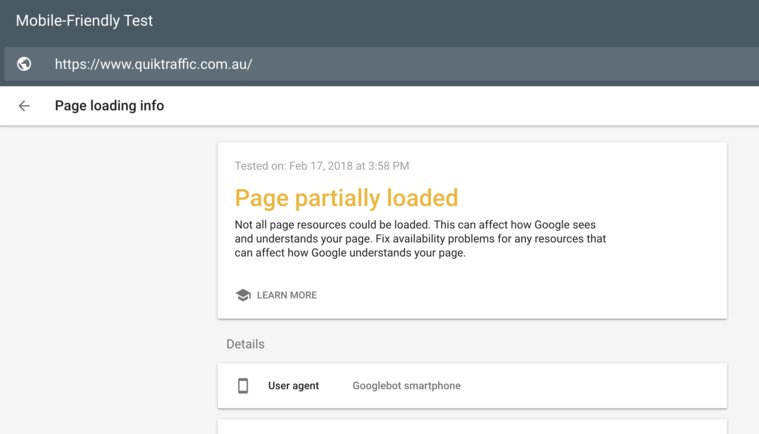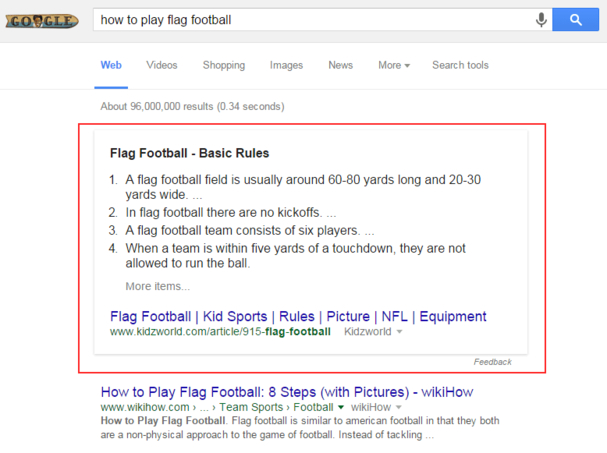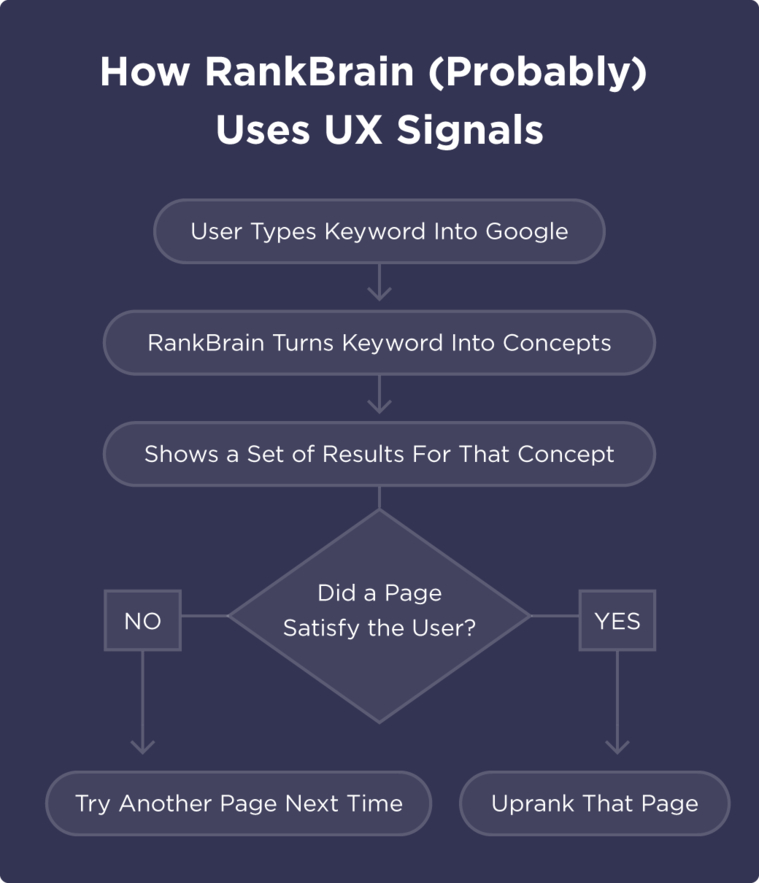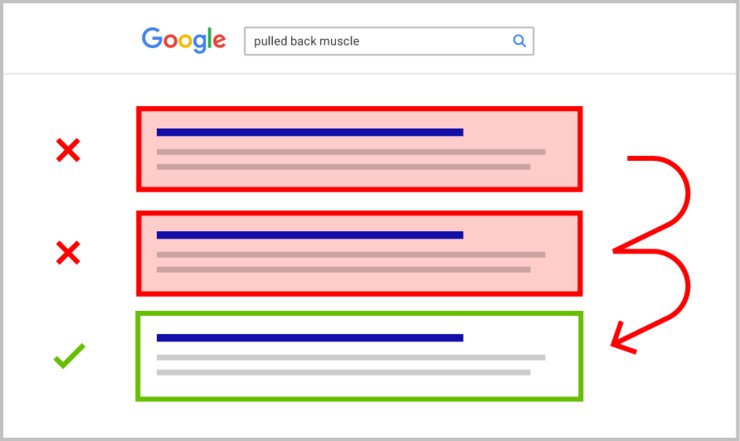If your website is not on the first page of Google, you’re losing sales every day. 97 percent of people never click past the first page of search results (when was the last time you did?). Business owners are eager to get their website to rank high on Google, ideally in the top 3 spots. To do this, you must understand Google’s ranking signals and optimise your website to get the best chance of attracting organic traffic.
Google has had a big shift from the days when SEO was simple to do. All you had to do is just get a lot of cheap backlinks to the website and you would rank in most cases. Even though link building is far from dead, Google has started to pay attention to how you acquire new backlinks, where they are coming from and the velocity of link acquisition.
Everyone in the SEO world wants to exactly know what goes into the latest Google’s ranking algorithm. Google is known for keeping its full list of ranking factors a top secret and trying to boost your ranking can be a tiring and confusing task. Things are not getting any easier with an ever-increasing number of ranking factors and new algorithm updates. In 2018, we can expect even more changes, including structured data, SERP features, and voice search. This will be good news for some people and bad news for the other.
Instead of getting confused by these upcoming changes, you can get ahead of the curve and rise up through the Google rankings. With that in mind, let’s take a look at the most important SEO ranking factors of 2018!









